Sawn Timber Markets: Supply, Demand, and Price Fluctuations
- September 12, 2024
- 0 comment
The sawn timber market plays a critical role in the global economy, serving as a foundational resource for industries such as construction, furniture manufacturing, and packaging. Sawn timber, which refers to wood that has been cut into planks or boards, is in constant demand across the world, making it a vital commodity in both developed and emerging economies.
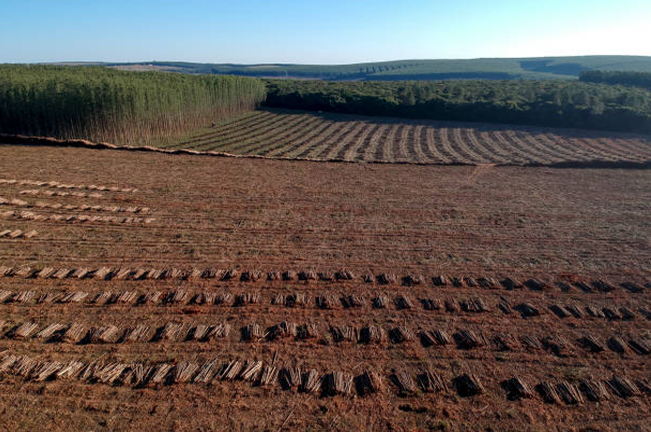
Understanding the dynamics of supply, demand, and price fluctuations in the sawn timber market is essential for stakeholders across the supply chain. These fluctuations can have significant economic impacts, influencing everything from the cost of housing to the profitability of timber producers. Several key factors drive these market dynamics, including regional production capabilities, environmental conditions, and global trade policies.
Table of Content
- Global Supply of Sawn Timber
- Demand Dynamics in Sawn Timber Markets
- Causes of Sawn Timber Price Changes
- The Role of Technology and Innovation in Timber Markets
- Policy and Regulatory Influences on Sawn Timber Markets
- Regional Analysis of Sawn Timber Markets
- Trends and Predictions for Sawn Timber Markets
- FAQs
Global Supply of Sawn Timber
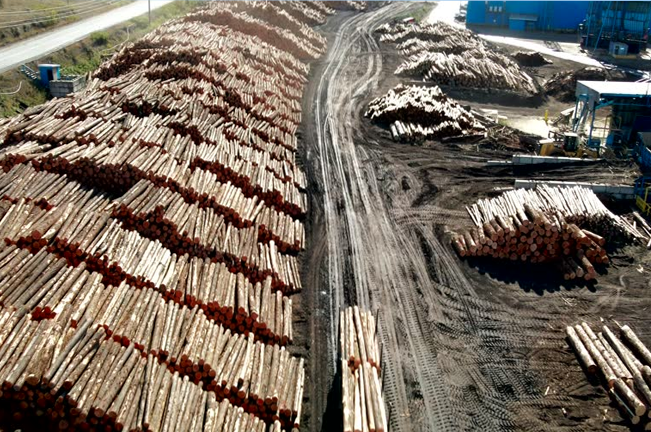
The global supply of sawn timber is concentrated in a few major regions, each with its unique market share and production characteristics. North America, Europe, and Asia-Pacific are the leading producers of sawn timber, with North America often leading due to its vast forest resources and advanced forestry practices. Europe, particularly Scandinavia, also plays a significant role, known for its sustainable forestry practices and high-quality timber products.
Several factors influence the supply of sawn timber. Forest management practices, for example, are crucial in ensuring the long-term sustainability of timber resources. Regions that implement sustainable practices, such as selective logging and reforestation, can maintain or even increase their timber supply over time. Conversely, poor management practices, deforestation, and environmental regulations can restrict supply. Additionally, natural events such as wildfires, pests, and diseases can drastically reduce the availability of timber, leading to supply shortages and increased prices.
Sustainable forestry practices have become increasingly important in maintaining a stable timber supply. These practices not only ensure the health and longevity of forest ecosystems but also contribute to the industry’s ability to meet growing demand. As more regions adopt these practices, the global supply of sawn timber is expected to become more resilient to environmental and economic pressures.
Demand Dynamics in Sawn Timber Markets

The demand for sawn timber is driven by several key sectors, with construction being the most significant. Timber is a preferred material for building homes, offices, and infrastructure due to its strength, versatility, and sustainability. The furniture industry also accounts for a substantial portion of timber demand, with the production of wooden furniture being a major contributor to the global market.
Regional demand trends vary significantly, influencing the global sawn timber market in diverse ways. In developed countries, demand is often steady, driven by ongoing construction and manufacturing activities. However, in emerging markets, urbanization and industrialization are rapidly increasing the need for timber. Countries in Asia, particularly China and India, are experiencing a surge in demand as they continue to develop and urbanize at a fast pace.
Urbanization is a key driver of increased timber demand, as growing cities require vast amounts of building materials. The rise of middle-class populations in these regions also boosts demand for wooden furniture and other consumer goods made from timber. As these trends continue, the global demand for sawn timber is expected to rise, potentially leading to supply challenges and price increases.
Causes of Sawn Timber Price Changes
- Supply Chain Disruptions: Transportation challenges, labor shortages, or logistical issues can cause immediate spikes in timber prices by reducing the supply.
- Trade Policies: Tariffs, export restrictions, and other trade regulations can alter timber availability across regions, impacting prices in the global market.
- Economic Cycles: Economic downturns or recessions reduce demand for timber, leading to price drops. In contrast, economic growth drives higher demand, causing prices to rise.
- Demand Changes: Shifts in consumer or industry demand, influenced by factors such as construction activity or trends in timber-based products, can lead to price volatility.
- Consequences for Producers: Higher prices may boost profits but could reduce consumer demand if costs rise too much. Price drops may harm profitability, limiting investment in forestry and sawmill operations.
- Impact on Consumers: Price fluctuations affect the cost of timber products, influencing construction, furniture pricing, and housing affordability in retail markets.
The Role of Technology and Innovation in Timber Markets
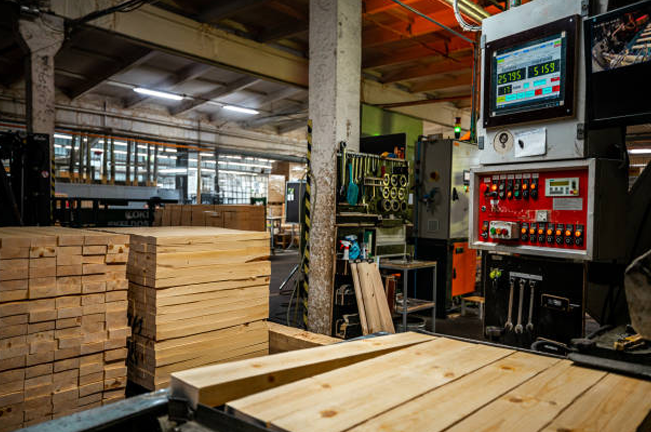
Technology and innovation are playing an increasingly important role in shaping the sawn timber market. Advances in timber processing and manufacturing are enhancing efficiency, reducing waste, and improving the quality of timber products. Innovations such as engineered wood products, which combine multiple layers of wood for added strength and stability, are expanding the range of applications for timber and driving demand.
Digital platforms and data analytics are also revolutionizing the timber industry by providing better market insights and more accurate predictions of supply and demand trends. These tools help stakeholders make informed decisions, from forest management to timber trading, leading to more stable markets and reduced volatility.
Sustainable timber products, driven by innovations in forestry practices and processing techniques, are also gaining popularity. Consumers and industries alike are increasingly seeking out timber that is certified as sustainable, leading to new market opportunities and influencing global demand patterns. As technology continues to evolve, it is expected to further impact the dynamics of the sawn timber market, driving both supply and demand in new directions.
Policy and Regulatory Influences on Sawn Timber Markets
Policies and regulations play a crucial role in shaping the sawn timber market. Governments and international organizations implement a range of policies that affect timber production, trade, and pricing. These policies can either stabilize or destabilize markets, depending on their design and implementation.
Key policies affecting the timber market include environmental regulations, which aim to protect forests and ensure sustainable harvesting practices. These regulations can restrict the supply of timber by limiting the areas available for logging or by imposing quotas on timber production. Trade policies, such as tariffs and trade agreements, also have a significant impact by influencing the flow of timber between regions.
International agreements, such as those related to climate change and biodiversity, further influence the sawn timber market. For example, agreements that promote carbon sequestration through afforestation and reforestation can affect the availability of timber and the demand for sustainably sourced wood. Government interventions, whether through subsidies, incentives, or restrictions, can either support or hinder market stability, depending on how they align with market dynamics and environmental goals.
Regional Analysis of Sawn Timber Markets
The sawn timber market varies significantly across different regions, each influenced by local policies, economic conditions, and environmental factors. A comparative analysis of markets in North America, Europe, and Asia-Pacific reveals the diverse challenges and opportunities faced by timber producers and consumers.
In North America, the sawn timber market is characterized by large-scale production and a strong focus on sustainable forestry practices. The region’s advanced infrastructure and access to vast forest resources contribute to its dominant position in the global market. However, the market is also subject to price volatility due to factors such as trade disputes and natural disasters.
Europe’s sawn timber market is similarly focused on sustainability, with countries like Sweden and Finland leading in the production of high-quality timber. The region’s strict environmental regulations and commitment to sustainable forestry have helped maintain a stable supply, even as demand fluctuates. However, Europe faces challenges related to competition from other regions and the need to balance economic growth with environmental conservation.
The Asia-Pacific region presents a different set of dynamics, with rapidly growing demand driven by urbanization and industrialization. Countries like China and India are major consumers of sawn timber, importing large quantities from other regions to meet their needs. The market in this region is influenced by trade policies, supply chain challenges, and the need for sustainable practices to manage growing demand.
Trends and Predictions for Sawn Timber Markets
Looking ahead, several emerging trends are likely to shape the future of the sawn timber market. One of the most significant trends is the increasing demand for sustainable timber products, driven by both consumer preferences and regulatory requirements. As more regions adopt sustainable forestry practices and certifications, the market for certified timber is expected to grow, potentially leading to higher prices and increased competition among producers.
Technological advancements, particularly in timber processing and data analytics, will continue to influence market dynamics. Innovations in these areas are expected to enhance the efficiency of timber production and reduce waste, contributing to a more stable supply. Additionally, digital tools will play a key role in predicting market trends and managing supply chains, helping to mitigate the impact of price fluctuations.
Climate change and global trade shifts are also expected to have a significant impact on the sawn timber market. Changes in climate patterns could affect the availability of timber resources, leading to supply challenges in certain regions. Meanwhile, global trade dynamics, including the rise of emerging markets and changes in trade policies, will continue to influence the flow of timber and the balance of supply and demand.
Frequently Asked Questions (FAQs)
1. What is sawn timber, and why is it important in the global market?
Sawn timber refers to wood that has been cut into planks or boards, used in various industries such as construction, furniture, and packaging. Its importance lies in its versatility, sustainability, and role as a fundamental building material in many sectors.
2. Which regions are the largest producers of sawn timber?
The largest producers of sawn timber are North America, Europe (especially Scandinavia), and the Asia-Pacific region. These areas have extensive forest resources and well-established timber industries.
3. What factors influence the global supply of sawn timber?
Several factors affect the supply of sawn timber, including forest management practices, environmental regulations, natural events like wildfires and pests, and sustainable forestry initiatives.
4. How does demand for sawn timber vary across different sectors?
Demand for sawn timber is driven by sectors such as construction, furniture manufacturing, and packaging. Construction is the largest consumer, followed by furniture production, with regional demand varying based on economic and industrial development.
5. What are the key drivers of demand in the sawn timber market?
Key drivers include urbanization, economic growth in emerging markets, and the construction industry’s ongoing need for building materials. Additionally, the rise of middle-class populations in developing regions contributes to increased demand for timber products.
6. Why do sawn timber prices fluctuate, and what causes these changes?
Prices fluctuate due to supply chain disruptions, trade policies, economic cycles, and natural events. Volatility is often driven by sudden changes in supply or demand, market speculation, and external economic conditions.
7. How do price fluctuations in the sawn timber market impact the economy?
Price fluctuations can affect the profitability of timber producers, the cost of construction, and the price of consumer goods. They can also influence investment in the forestry sector and economic stability in regions dependent on timber production.
8. What role does technology play in the sawn timber market?
Technology enhances timber processing efficiency, reduces waste, and improves product quality. Digital platforms and data analytics help predict market trends, manage supply chains, and optimize production.
9. How do policies and regulations affect the sawn timber market?
Policies and regulations, including environmental laws and trade agreements, play a significant role in shaping the market. They can either stabilize or destabilize the market by affecting timber supply, production practices, and international trade flows.
10. How do regional differences impact sawn timber markets globally?
Regional differences, such as varying forest resources, economic conditions, and regulatory environments, lead to distinct market dynamics. For example, North America may experience different challenges and opportunities compared to Europe or Asia-Pacific.
11. What are the future trends in the sawn timber market?
Future trends include increased demand for sustainable timber, advancements in processing technologies, and the influence of climate change on timber supply. The market is also likely to see shifts due to global trade dynamics and the rise of emerging markets.
12. How can stakeholders navigate the complexities of the sawn timber market?
Stakeholders can navigate the market by staying informed about supply and demand trends, adopting sustainable practices, leveraging technology for market insights, and understanding the impact of policies and regulations on the industry.

Gilbert Griffin
Forestry AuthorGilbert Griffin is a forest management expert specializing in sustainable practices, forest health, conservation, and land management. With extensive knowledge in pest control, disease management, and habitat restoration, Gilbert develops strategies to preserve forest ecosystems and biodiversity. Passionate about the natural world, Gilbert adapts to changes in forest management and stays updated through continuous learning. Gilbert also provides seasonal advice to optimize forest care throughout the year.



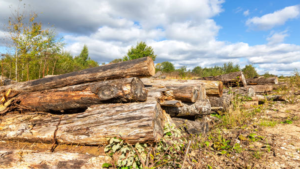
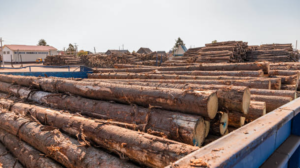
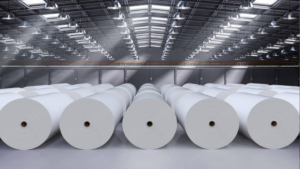
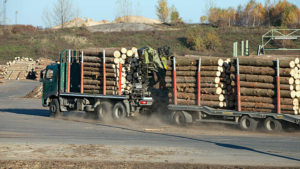
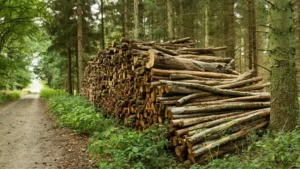
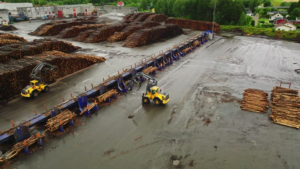


Leave your comment